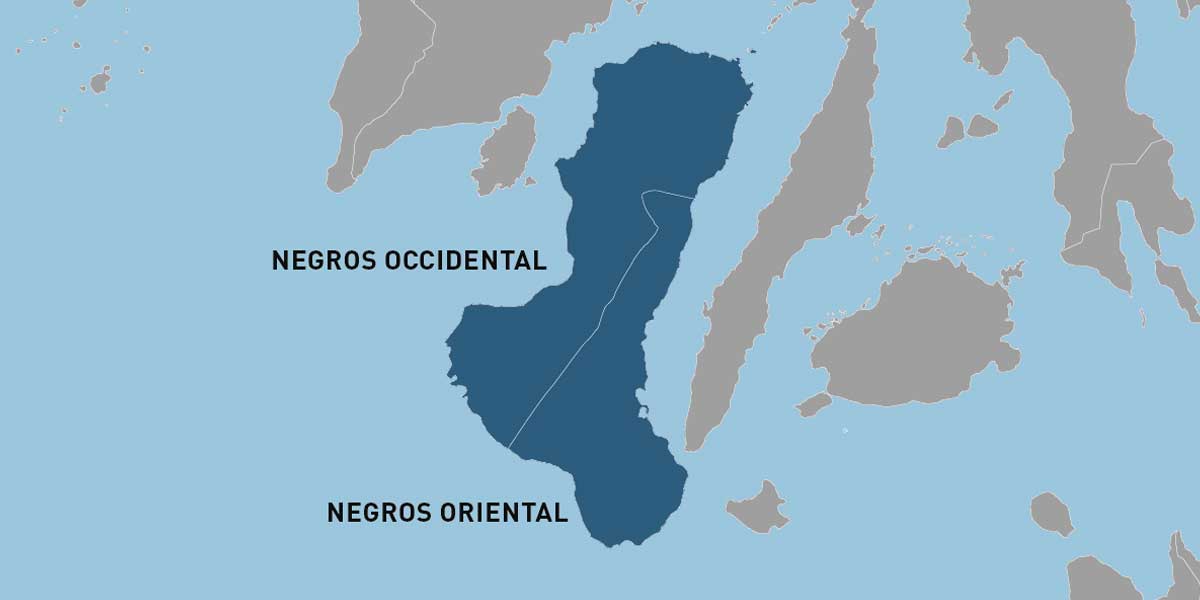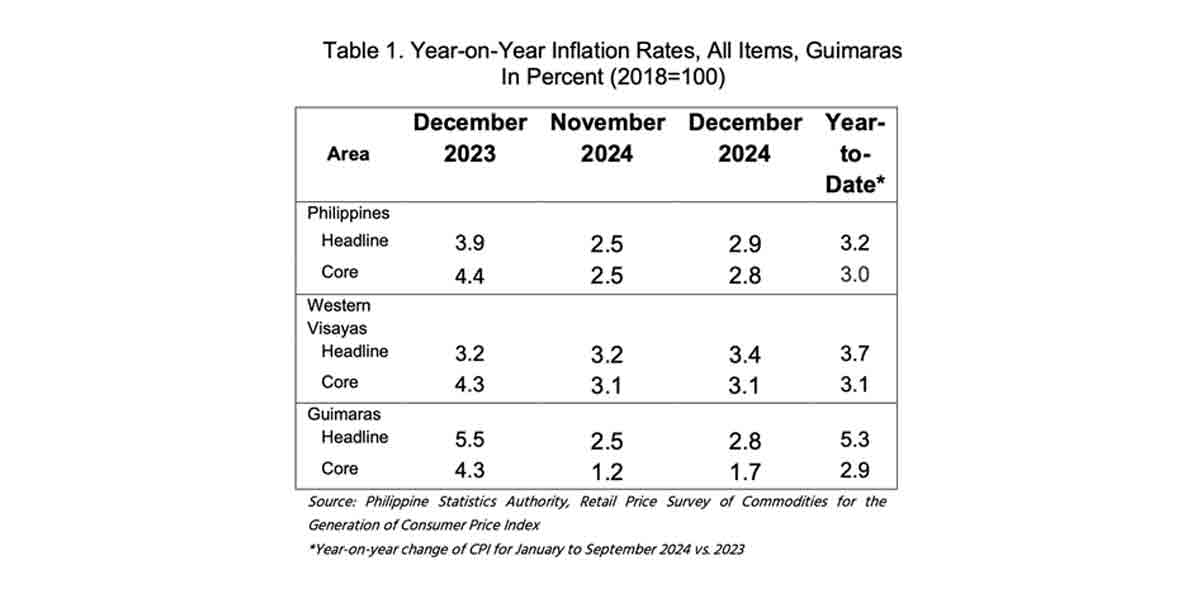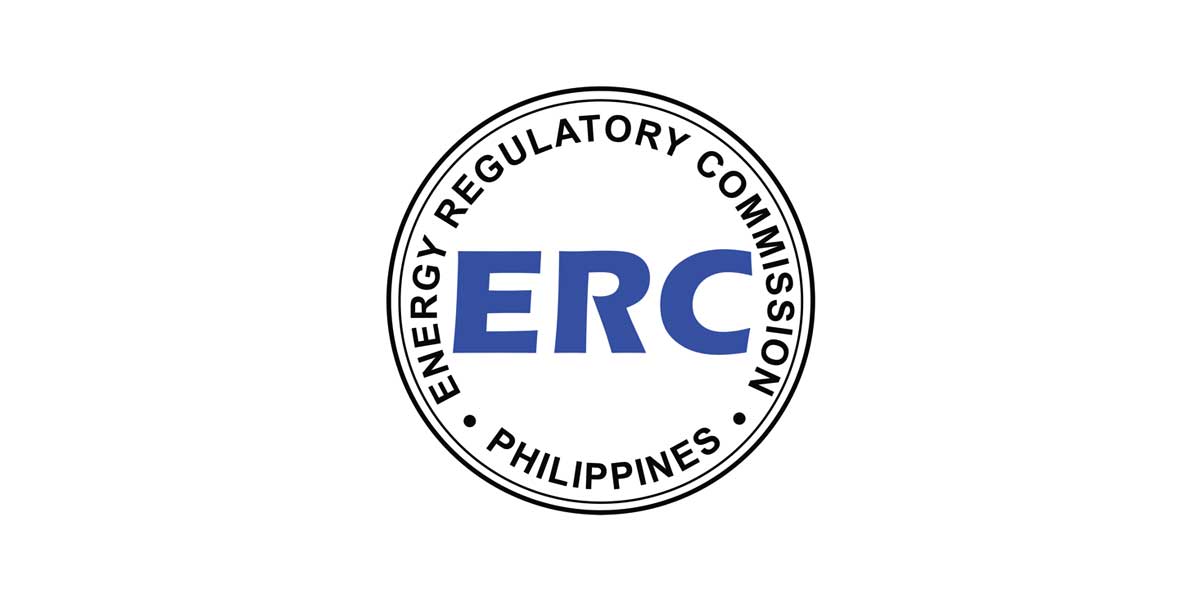By Artchil B. Fernandez
Thirty-seven years ago, the dictator Ferdinand Marcos Sr., his family, and cronies fled the country when he was overthrown in a peaceful people power revolution that captivated the world. Today, history has come full circle. The Philippines is back to where it was before – a Marcos in Malacañang. How did we get here?
There are those who claim the victory of Bongbong Marcos (BBM) in the last election is the culmination of the long and painstaking effort of the Marcoses to rehabilitate themselves. However, the Marcoses would not have been able to achieve their strategic goal had the condition not been favorable for their return to power.
Most scholars studying Philippine politics point to the failure of liberal democracy symbolized by EDSA as the root cause of the bizarre trajectory of the country. The illiberal turn in Philippine politics in 2016 ushered in Du30’s populist politics. Du30 thereafter paved or prepared the way for the triumph of BBM in 2022.
Du30’s phenomenal rise and its consequential outcome, the comeback of the Marcoses, argue most scholars are due to the failure of EDSA to live up to its promise.
On the eve of the ouster of Marcos senior, the country was in a grave economic, political and social crisis. Unemployment was 12.6 percent, inflation at 23.2 percent and poverty incidence was 49 percent, nearly half of the population. In 1984 and 1985, the GDP contracted to negative 7.32 percent and negative 7.04 percent respectively. Communist rebellion was also at its peak threatening to upend the system.
The ouster of the Marcos dictatorship in 1986 re-established liberal democracy and raised expectation of Filipinos for a better and more equitable life. “In the public imagination, the promises of the People Power Revolution went beyond restoring democratic institutions. The narrative went like this: a return to democracy would secure prosperity and security for everyone” (Arguelles 2016).
More than 30 years later Arguelles notes that nothing has substantially changed for the vast majority of Filipinos with the gap between the rich and the poor not only remains wide but is widening. Filipinos are still confronted with the same social ills: poverty, unemployment, lack of social services, a dysfunctional justice system, corruption, callous bureaucracy, criminality, and a host of social problems.
Thus it was easy for authoritarian populist like Du30 to discredit EDSA and offer illiberal solution to malignant social malaise afflicting Philippine society. But the most fundamental question is: why liberal democracy failed in the Philippines on the first place. How should one account for this failure? Why EDSA did not deliver?
The answer lies in the nature of EDSA 1 – it is a passive revolution. The concept of passive revolution was originally conceived by Italian neo-Marxist thinker Antonio Gramsci. He developed his idea of passive revolution as he was trying to grapple with the rise of fascism in Italy during his time. He analyzed Italian history and used it explain how and why did fascism take root in Italy. Passive revolution is revolution from above and Gramsci called it revolution/restoration.
In the case of Italy, the Risorgimento led by the Piedmont State while successful in uniting Italy failed to carry out an “active revolution” like the Jacobins did during the French Revolution which radically restructured France. Instead, a passive revolution occurred where dominant social classes were restored instead of being eradicated. “Restoration becomes the first policy whereby social struggles find sufficiently elastic frameworks to allow the bourgeoisie to gain power without dramatic upheavals, without the French machinery of terror. The old feudal classes are demoted from their dominant position to a ‘governing’ one, but are not eliminated, nor is there any attempt to liquidate them as an organic whole” (Gramsci 1971).
In short what passive revolution or restoration-revolution achieved Gramsci (1971) argues is “preserve the political and economic position of the old feudal classes, to avoid agrarian reform, and, especially to avoid the popular masses going a period of political experience such as occurred in France in the years of the Jacobinism, in 1831, and in 1848.”
Removing the Italian context, Gramsci in the above statement could be describing the outcome of the EDSA People Power Revolution. The people power revolt in 1986 is a passive revolution or a restoration revolution where the pre-martial law set up, disrupted by Marcos authoritarian rule was restored.
Gramsci maintains passive revolution as restoration-revolution does not eliminate or liquidate the old ruling class and preserve their economic and political interests. The return of political clans/dynasties and the failure of land reform under successive liberal regimes are among the major indicators that EDSA 1 is a passive revolution.
Instead of restructuring Philippine society to address the deep-seated problems of poverty, injustice, and inequality, EDSA 1 simply re-established the highly asymmetrical social order disfigured by the Marcos dictatorship. Failure of EDSA 1 is rooted in its being a passive revolution and this explains the inability of the liberal democratic regimes that came after 1986 to address the structural and fundamental problems of Philippine society. Decades of accumulated public frustration due to failed expectations ruptured in 2016 producing the Duterte phenomenon. The rise of Duterte and the restoration of the Marcoses to power are consequences of passive revolution which explains the failure of liberal democracy.
But can a Marcos restoration succeed where EDSA failed? BBM’s victory is premised on the promise of a “Golden Age.” However, BBM operates within the same highly dysfunctional social system and sought its preservation instead of drastic transformation. The Marcos restoration cannot and will not deliver for like EDSA it is also committed to maintain the status quo which serves the elite and the oligarchs.





















